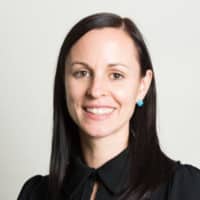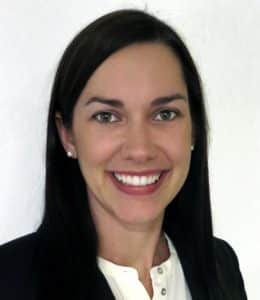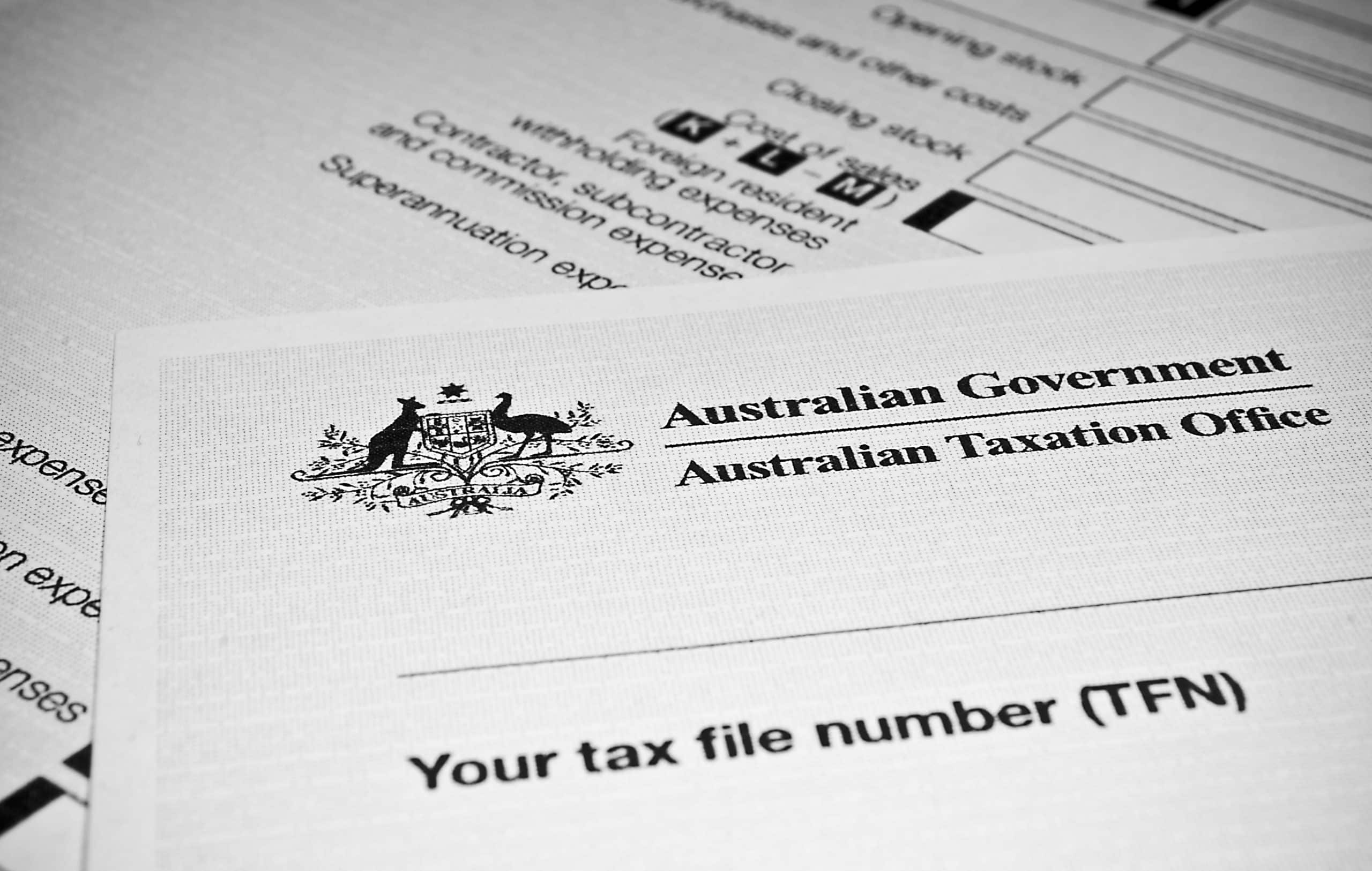New income data from the Australian Tax Office (ATO) has revealed ophthalmologists are the second highest paid medical specialty – second only to neurosurgeons – earning more than half a million dollars on average.
The national tax department recently released a detailed breakdown of the average taxable income for each occupation, including optometrists, orthoptists and optical dispensers.
The data is the latest available and covers the 2018-19 financial year when the average taxable income in Australia was $62,549. Although the data provides intriguing insight, it is a relatively crude measure with limitations. For example, it includes annual incomes of all part-time, casual and fulltime workers. For professions where a greater proportion work part-time, this could skew salaries down. Therefore, when comparing across professions or between men and women, it may not necessarily be a like-for-like comparison.
According to the ATO, the average taxable income for Australian ophthalmologists was $524,804. For men – who made up 72% of all ophthalmologists in the ATO data – the number was much higher at $612,973. For females, that number was $294,528.

Meanwhile, the average taxable income across 4,388 Australian optometrists was $94,840. Male optometrists earned $110,643 on average, while females earned $83,639, a difference of $27,004. For health practice managers the average taxable income was $74,956, orthoptists $62,417, optical mechanics $60,666 and optical dispensers $41,783.
Ophthalmology was one of only two medical specialties earning more than half a million dollars, with neurosurgeons topping the list with an average of $575,687. Other notable fields were orthopaedic specialist ($437,067), plastic and reconstructive surgeons ($433,226) and anaesthetist ($386,065).
The gender pay difference in neurosurgery was also high, with men earning $629,967 – $325,677 more than females. This existed across most, if not all, medical specialties.
Out of all occupations, the ATO data ranked ophthalmologists and neurosurgeons as the top two earners, but Australian Society of Ophthalmologists (ASO) vice president Dr Peter Sumich said it failed to capture multi-millionaire law partners and executive businessmen who have limited visibility to tax authorities.
“Many executives are paid with options or shares which are vested and only become visible later when they are sold,” he said.
“Senior bureaucrats who can earn nearly a million dollars a year are diluted down by the employees at the RTA processing your licence registration … a genuine statistician would know that there is a lot more hidden and omitted in the figures than is shown.”
In comparison to other medical specialists, he said ophthalmology was more akin to running small-to-medium businesses with the opportunity to use the cash flow for investment purposes.
“Additionally, some ophthalmology practices run more like medical centres with multiple associates contributing to the revenues which can become a revenue source, although the cost of servicing the associates is not as profitable as many would believe after staffing, housing and equipping them,” he said.
“The problem with running a small business is that we are extremely exposed to costs of new technology, wages, insurances, cyber security, disposables, IT, administration and technology maintenance costs. Larger practices also encounter payroll tax, human resources expenses and much larger IT costs.”
Other eyecare professionals
Optometry Australia’s general manager of policy and advocacy Ms Skye Cappuccio said the optometry figures ($94,840) were similar to its own data.

“Optometrist wages have been reasonably stable for a number of years. Whilst this is positive, we need to ensure the salary an optometrist receives is commensurate with expanding community eye health needs and expanding scope-of-practice,” she said.
In response to the gender pay difference, Cappuccio added: “We support the many legislative systems in place nationally, and at a state level, associated with monitoring and closing the gender pay imbalance.”
For orthoptists, the ATO figures showed 827 women earned a taxable average of $60,631, and 123 men $74,424.
Orthoptics Australia president Ms Jane Schuller said the figures reflected the organisation’s data from a membership perspective, with majority (87%) being women – and likely captured many of those working part-time.
“We know from our last membership data that only 40% of the members stated they were working more than 30 hours per week,” she said.
“This data also highlights the importance of orthoptists in more senior management, non-patient facing roles or out in industry continuing to list ‘orthoptist’ as their occupation, so we ensure that data captured by organisations such the [Australian Bureau of Statistics] and ATO using these industrial classification codes for business statistics and economic purposes includes the diverse roles and broad range of workplaces orthoptists are employed.”

Australasian College of Optical Dispensing (ACOD) senior trainer Ms April Petrusma said while it was disappointing to learn the customer-facing side of the optical industry fell in or was close to the low income bracket (at $41,783), it was unclear whether this was due to a large number of casual and part-time employees or low average hourly rates.
There is also a level of ambiguity with industry awards due to the retail style structure of many practices. This has made it problematic for employers when determining the benchmark for salaries.
“With this aside, the recent surge in training enrolments across Australia in the ACOD-provided Cert IV in Optical Dispensing is refreshing, with employers choosing to upskill and qualify their optical staff. In the coming years we will see the highest number of qualified dispensers within the industry since deregulation, which in turn should be reflected in a higher average wage across the profession.”
More reading
Supply debate reignites as optometry boasts strong employment rate




